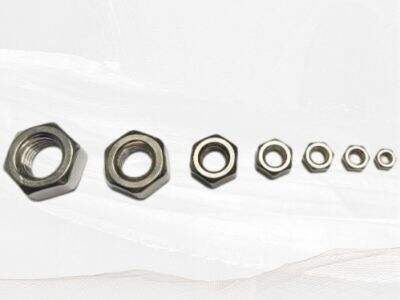When you have a project that requires metal casting, selecting the right type of stainless steel is the first critical decision. At Jiayun, we specialize in stainless steel casting and usually use three types of stainless steel: 304, 316, 430. Each of these is characterized by specific properties to suit different applications.
Getting to know stainless steel casting alloys
Stainless steel is renowned for its strength and resistance to corrosion, but not all cast steel and carbon steel are created equal. Stainless steel consists basically of iron, carbon and chromium. The chromium present in the steel produces a thin layer on its surface that guards it from rust and subsequently damage.
A Comprehensive List of Differences Between 304 and 316 Stainless Steel
304 stainless steel is commonly used in kitchen equipment, piping and in the automotive industry. It is known for its good corrosion resistance and formability. 316SS has more nickel and if only denim, rendering it stronger in corrosion resistance, especially against chloride and industrial solvents.
DESIGN DIFFERENCES - Corrosion Resistance / Durability
When it comes to choosing stainless steel investment casting the biggest consideration is how well it resists rust. Both 304 and 316 are excellent not to rust. 316 is even better in saltwater or when you’ll be exposed to strong chemicals.
Selecting the best stainless steel alloy for your project
It actually varies by what you're trying to accomplish with your project. If you want a metal that barely rusts and can stand up to hard conditions, then 316 might be the answer. If the project is indoors and you would like to spring for something cheaper, 430 could be a good choice.
The pros and cons of 304, 316 and 430 stainless steel casting alloys
With each type of steel investment casting are the good and the not so good. 304 is relatively inexpensive and offers good corrosion resistance, versatility and durability. But it may not hold up in super-Lord-of-the-Flies-y conditions. 316 is good in rough conditions, but more costly. 430 is cheap, but not the best for fighting rust.
Table of Contents
- Getting to know stainless steel casting alloys
- A Comprehensive List of Differences Between 304 and 316 Stainless Steel
- DESIGN DIFFERENCES - Corrosion Resistance / Durability
- Selecting the best stainless steel alloy for your project
- The pros and cons of 304, 316 and 430 stainless steel casting alloys

